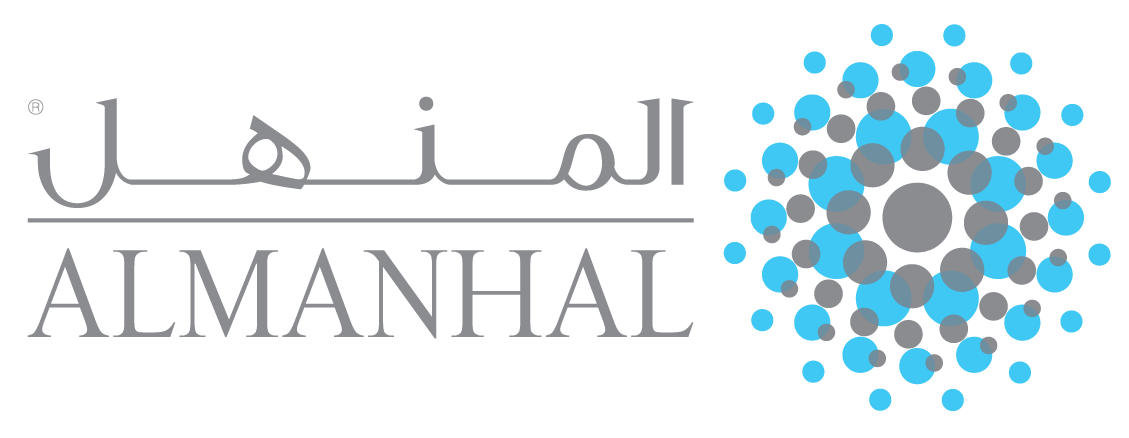Effect of Crude Oil Spot and Futures Price Volatility on South East Asia Islamic Equity Market
DOI:
https://doi.org/10.31436/jif.v5i2.118Abstract
This paper examines the effect of crude oil price volatility on Southeast Asia Islamic equity market index. The paper focuses on the long run and short run effect of both the spot and futures price of crude oil on the Islamic equity market index in south East Asia. Daily data from September 2007 to June 2015 obtained from Bloomberg database is used in the paper. The analysis based on time series techniques within the co-integrating framework. The vector error correction model is used in this study complimented with Impulse Response Factor IRF to examine out of sample causality. The major finding of this study is that crude oil spot and futures prices have positive impact on the Islamic equity index in Malaysia, Singapore and Thailand. Though based on the short run relationship, there is remarkable difference in the speed of adjustment back to equilibrium among the Southeast Asia Islamic equity indices. Given the ongoing price volatility of crude oil prices and the market expectation that it may not abate anytime soon, this paper promotes the viability of the Southeast Asia Islamic equity market as investment safe haven to mitigate the impact of such volatility in crude oil prices.
Downloads
References
Alexakis, C., Pappas, V. and Tsikouras, A. (2015) Long Run asymmetric relationships between Islamic and conventional equity indices; Economics Working Paper Series 2015/002
Arouri, M. L. (2011). Return and Volatility Transimission between world oil prices and stock markets of the GCC countries. Economic Modelling, 28(4), 1815 - 1825.
Asteriou, D. a. (2011). Applied Econometrics Second edition . Palgrave: Macmillan.
Auty, R. (2004). Natural resources and civil strife: a two-stage process. Geopolitics, 9(1), 29-49.
Bloomberg. (2015, July 1). www.bloomberg.com
Chan, F. L. (2005). Modelling Multivariate nternational tourism demand and volatility. Tourism Management, (26), 459-471.
Ciner, C. (2013). Oil and stock returns: Frequency domain evidence. Journal of International Financial Markets, Institution and money, 1-11.
Arouri, M. E. H., & Rault, C. (2012). Oil prices and stock markets in GCC countries: empirical evidence from panel analysis. International Journal of Finance & Economics, 17(3), 242-253.
Engle, R.F., and C.W.J. Granger, 1987, Co-integration and Error Correction: Representation, Estimation and Testing, Econometrica, 55(2), 251-276.
Fayyad, A. and Daly, K. (2011). The Impact of Oil Price shocks on stock market returns: comparing GCC countries with the UK and USA. Emerging market review, 12(1), 61-78.
Hamilton, J.D., 2003. What is an Oil Shock?. Journal of Econometrics, 113, 363-98.
Hamilton, D. J. (1983). Oil and the macroeconomy since World War II. The Journal of Political Economy, 9, 228-248.
Hammoudeh, S. Y. (2009). Shock and volatility spillover among equity sector of the gulf arab stock markets. Quarterly review of Economics and Finance, (49), 829-842.
Johansen, S. (1988). Statistical analysis of Co-integration vectors. Journal of Economic Dynamic Control, (12), 231-254.
Jones, C.M., and G. Kaul, (1996), “Oil and the Stock Markets,†Journal of Finance, 51(2), 463-491.
Jones, C. K. (2004). Oil and the Stock Market. Journal of Finance, (81), 883-986.
Kilian, L. & Cheolbeom, P. (2009). “The Impact of Oil Price Shocks on The U.S. Stock Marketâ€,. International Economic Review, 50 (4), 1267-1287.
Masih, R., Peters, S., & De Mello, L. (2011). Oil price volatility and stock price fluctuations in an emerging market: Evidence from South Korea. Energy Economics, 33(5), 975–986.
Mignon, V. (2006). "The Impact of Oil Price on GDP in European Countries: An emprical investigation based on asymetric cointegration". Energy Policy, 34(18), 3910 - 3915.
Ling S., M. M. (2003). Asymtotic theory for a vector ARMA-GARCH model. Economic Theory, (19), 278-308.
Mohd Hussin, M. Y. (2009 Vol. 17 No. 3,). Analisis Perkembangan Pasaran Saham Islam di Malaysia. Journal Syariah, pp. 431-456.
Narayan, P. & Narayan, K. (2010). “Modelling the impact of oil prices on Vietnam’s Stock Price. Applied Energy , 87, 356-361.
Onour, I. (2012). Crude Oil Price and Stock Market in major oil-exporting Countries: evidence of decoupling feature. International Journal of Monetary Economicsand Finance, 5(1).
Park, J. and Ratti, R.A. (2008). “Oil Price Shock Markets in the U.S. and 13 European Countries,â€. Energy Economics, 30, 2587-2608.
Papapetrou, E. (2001). Oil Price Shocks, Stock market, economic activity and employment in Greece. Energy Economics, (23), 511-532.
Phillips, P.C.B., and Perron, P. (1988), Testing for Unit Root in a Time Series Regression, Biometrika, 75, 335-346.
Saiti, B., Bacha, O. I., & Masih, M. (2013). Estimation of Dynamic Conditional Correlations of Shariah-Compliant Stock Indices through the Application of Multivariate GARCH Approach. Australian Journal of Basic and Applied Sciences, 7(7): 259-267.
Saiti, B., Bacha, O. I., & Masih, M. (2014). The diversification benefits from Islamic investment during the financial turmoil: The case for the US-based equity investors. Borsa Istanbul Review, 14(4), 196-211.
Saiti, B., Bacha, O. I., & Masih, M. (2016). Testing the conventional and Islamic financial market contagion: evidence from wavelet analysis. Emerging Markets Finance and Trade, 52(8), 1832- 1849.
Salami, O. L., & Adewale, A. A. (2015). Malaysian Islamic Banks' Efficiency: An Intra-Bank Comparative Analysis of Islamic Windows and Full-Fledged Subsidiaries. International Journal of Business and Society, 16(1), 19-38.
Sadorsky, P. (1999). Oil price shocks and stock market activity. Energy Economics, 21, 449-469.
Seiler, M.J. (2004), Performing Financial Studies: A Methodological Cookbook. Saddle River, NJ : Prentice Hall.
Toraman, C., Basarir, C., & Bayramoglu, M. F. (2016). Effects of crude oil price changes on sector indices of Istanbul Stock Exchange. European Journal of Economic and Political Studies, 4(2), 111-126.
Zhang, D. (2008). "Oil Shock and economic growth in Japan: A nonlinear approach". Energy Economics, 30(5), 2374-2390.












